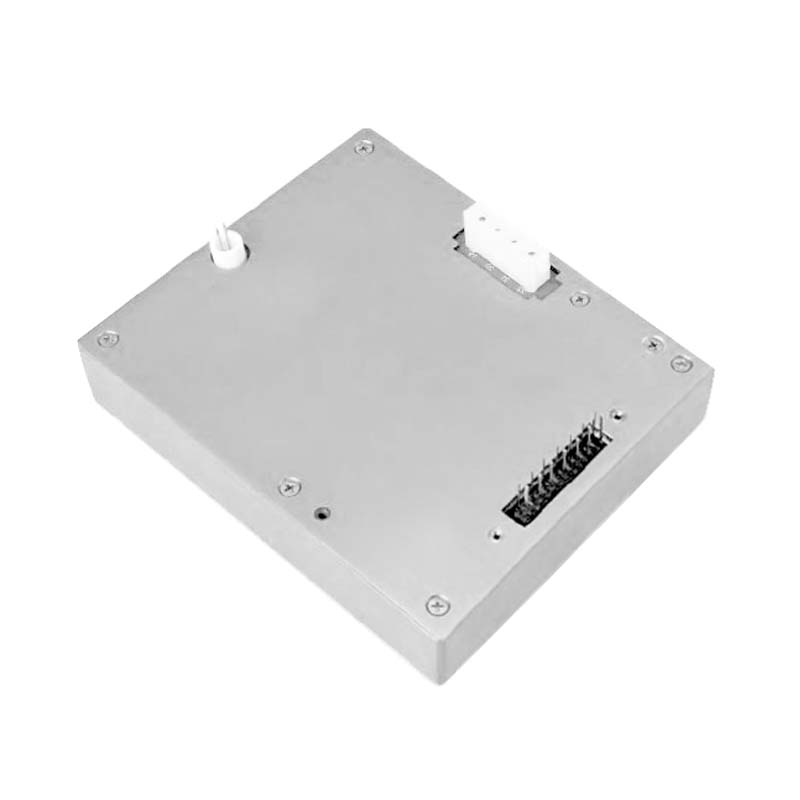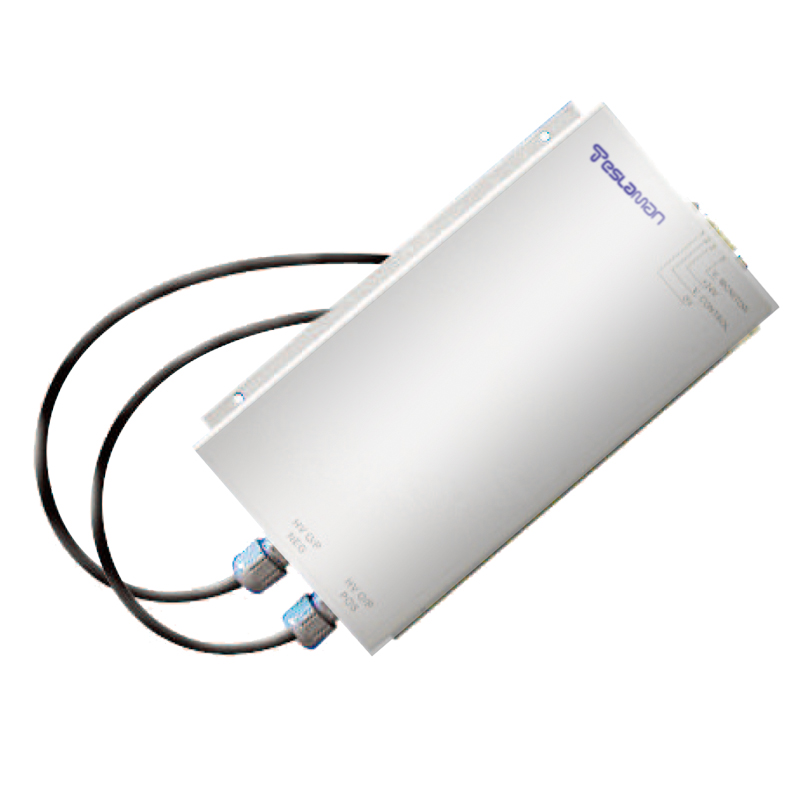High-Voltage Power Supply Technology for Sub-Nanometer Stability in Electron Microscopes
The resolution of electron microscopes (EMs) has surpassed the sub-nanometer level (<0.2 nm), enabling atomic-scale analysis in materials science and life sciences. This achievement hinges on the extreme stability of high-voltage power supplies—where voltage fluctuations must be controlled at parts-per-million (ppm) precision and ripple suppressed below 0.001%. Even minor deviations can blur imaging due to electron beam energy instability. Below, we dissect the core technologies enabling this precision.
1. Core Technical Challenges and Breakthroughs
1. Electron Gun High-Voltage Emission
Field-emission electron guns require 120kV-level high-voltage power. Stability directly dictates beam coherence, addressed through:
• Ultra-Stable Power Design: Digital closed-loop control combined with low-temperature-drift components (coefficient <10ppm/°C) counters environmental fluctuations. Ripple is reduced to <10mVp-p via multi-stage filtering and high-frequency inversion, limiting beam energy drift to <0.1eV.
• Arc Suppression & Vacuum Adaptation: Residual gas in vacuum chambers risks arcing during voltage ramp-up. Innovations like specialized insulating gases and micron-level contact surface polishing minimize field distortion, enabling stable operation at >200kV.
2. Electromagnetic Lens Current Control
Magnetic lens focusing demands current stability <10ppm. Key solutions include:
• Multi-Stage Feedback Control: Dual PID loops with real-time load compensation and low-noise transistors suppress external interference to <1μA.
• Bipolar Output: Supports ±15A bidirectional current for multi-lens systems (e.g., objective/condenser), achieving magnetic field stability of 0.01ppm/minute.
3. System Integration & Closed-Loop Control
• Distributed Power Architecture: Modular power units cater to diverse needs (e.g., gun acceleration 30–300kV, lens current 1–20A). Fiber-optic communication isolates high-voltage noise for independent regulation.
• Real-Time Monitoring & Fault Tolerance: Sensors sample outputs at 100kHz, while FPGA chips execute microsecond-level responses (e.g., overcurrent protection delay <350ns) to prevent sample damage.
2. Future Evolution Trends
1. Materials and Device Innovations
• Wide-Bandgap Semiconductors: Silicon carbide (SiC) and gallium nitride (GaN) devices enable high-frequency switching (>100kHz), boosting efficiency to >97% and reducing size (power density >5kW/L).
• Integrated Control Chips: Dedicated power ICs simplify algorithm deployment, cutting R&D cycles by 70% and supporting topology optimization.
2. Intelligence and Interdisciplinary Synergy
• AI Dynamic Compensation: Machine learning predicts load variations for preemptive voltage adjustment, limiting long-term drift to 100ppm/8h.
• Multi-Physics Co-Design: Electromagnetic-thermal-mechanical simulation optimizes heat dissipation and vibration resistance (e.g., 10μg stability), ensuring reliability in extreme environments.
3. Conclusion
Sub-nanometer EM imaging rests on advancements in voltage stabilization, noise immunity, and system integration. Future integration of quantum sensors and novel semiconductors will further push stability limits, opening new frontiers in single-atom imaging and dynamic in situ observation.




















